Molecular characterization of selectively vulnerable neurons in Alzheimer's disease
- PMID: 33432193
- PMCID: PMC7854528
- DOI: 10.1038/s41593-020-00764-7
Molecular characterization of selectively vulnerable neurons in Alzheimer's disease
Abstract
Alzheimer's disease (AD) is characterized by the selective vulnerability of specific neuronal populations, the molecular signatures of which are largely unknown. To identify and characterize selectively vulnerable neuronal populations, we used single-nucleus RNA sequencing to profile the caudal entorhinal cortex and the superior frontal gyrus-brain regions where neurofibrillary inclusions and neuronal loss occur early and late in AD, respectively-from postmortem brains spanning the progression of AD-type tau neurofibrillary pathology. We identified RORB as a marker of selectively vulnerable excitatory neurons in the entorhinal cortex and subsequently validated their depletion and selective susceptibility to neurofibrillary inclusions during disease progression using quantitative neuropathological methods. We also discovered an astrocyte subpopulation, likely representing reactive astrocytes, characterized by decreased expression of genes involved in homeostatic functions. Our characterization of selectively vulnerable neurons in AD paves the way for future mechanistic studies of selective vulnerability and potential therapeutic strategies for enhancing neuronal resilience.
Figures

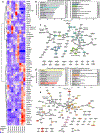

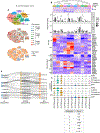




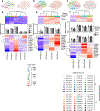
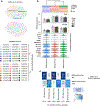
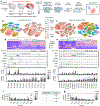
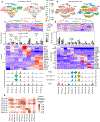



Comment in
-
Markers of vulnerable neurons identified in Alzheimer disease.Nat Rev Neurol. 2021 Mar;17(3):132. doi: 10.1038/s41582-021-00462-3. Nat Rev Neurol. 2021. PMID: 33504978 No abstract available.
References
-
- Braak H & Braak E. Neuropathological stageing of Alzheimer-related changes. Acta Neuropathol 82, 239–259 (1991). - PubMed
-
- Braak H & Braak E. Staging of Alzheimer’s disease-related neurofibrillary changes. Neurobiol Aging 16, 271–278; discussion 278–284 (1995). - PubMed
-
- Price JL, et al. Neuron number in the entorhinal cortex and CA1 in preclinical Alzheimer disease. Arch Neurol 58, 1395–1402 (2001). - PubMed
Publication types
MeSH terms
Substances
Grants and funding
LinkOut - more resources
Full Text Sources
Other Literature Sources
Medical
Molecular Biology Databases

